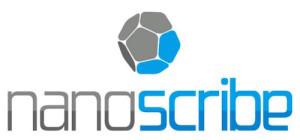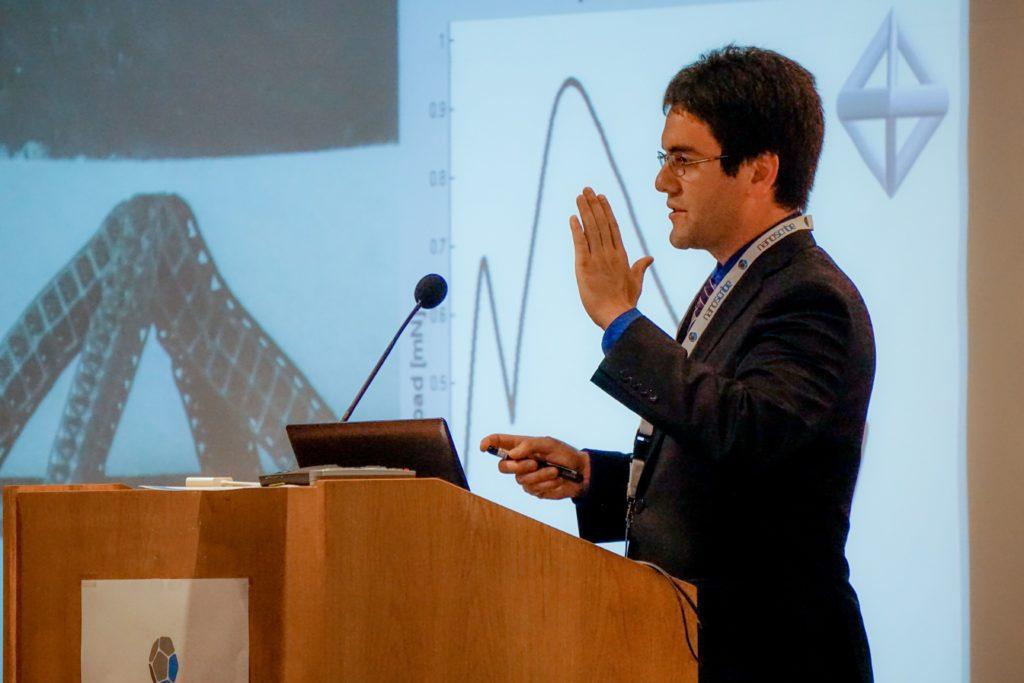 In an industry where a majority of involved innovators are focused on making 3D printing technology better through making it bigger, the German-based company Nanoscribe GmbH is proving that printing at the micro-scale is just as vital. The company’s most prominent printer, the Photonic Professional GT, is a laser lithography 3D printer that is capable of reaching ultra high-resolution, creating layer thicknesses and detail sizes that are below a single micrometer. Their work has helped contribute to the advancement of 3D printed micro-optics as well, while their 3D printers are being utilized in the most prestigious of educational institutions, including Harvard, California Institute of Technology, Oxford, ETH Zurich, and the Imperial College of London.
In an industry where a majority of involved innovators are focused on making 3D printing technology better through making it bigger, the German-based company Nanoscribe GmbH is proving that printing at the micro-scale is just as vital. The company’s most prominent printer, the Photonic Professional GT, is a laser lithography 3D printer that is capable of reaching ultra high-resolution, creating layer thicknesses and detail sizes that are below a single micrometer. Their work has helped contribute to the advancement of 3D printed micro-optics as well, while their 3D printers are being utilized in the most prestigious of educational institutions, including Harvard, California Institute of Technology, Oxford, ETH Zurich, and the Imperial College of London.
Recently, Nanoscribe hosted a user meeting at Cambridge, Massachusetts-based Harvard University, marking their first-ever user meeting to take place in the United States. Working in collaboration with Harvard’s Center for Nanoscale Systems (CNS), the 3D printing company invited their clients along for a two-day seminar. The CNS utilizes Nanoscribe’s laser lithography system, which has been made available to both internal and external users at the Harvard-based facility.
At this recent meeting, which was held back in June, Nanoscribe gave attendees a glimpse into their newest developments with hardware and software, while also showcasing the multitude of applications that their Photonic Professional GT 3D Printer can be utilized for, from maskless lithography to additive manufacturing. With this state-of-the-art manufacturing system, users are able to produce extremely high-resolution mesoscale objects and applications in photonics and plasmonics, which require structure sizes of just a few hundred nanometers. During the meeting, Nanoscribe’s clients presented a number of their success with Nanoscribe technology within different applications, showcasing innovative uses taking place both inside and outside of the confines of Harvard University.
“The presentations by our clients on their various applications were the absolute highlight for me. It is incredibly fascinating and enlightening to discover firsthand what different disciplinary fields are making use of our devices, which operate based on the principle of two-photon polymerization,” said Martin Hermatschweiler, the CEO of Nanoscribe. “The full scope of applications ranged from printing nanostructures at the CNS, to producing plasmonic displays at the University of Florida, to engineering new types of materials whose creation would have previously been impossible, as the scientists at Caltech presented.”
 Thus far, five of the top ten universities across the entire world are utilizing Nanoscribe technology, as they’ve quickly become the industry standard for a vast array of microfabrication needs. Their technology is particularly useful for medical technology, microoptics, microfluidics, as well as micro-rapid prototyping. Although the company started as a branch of the Karlsruhe Institute of Technology, in a matter of a few years, Nanoscribe is now an increasingly prominent German tech company looking to make big changes in the way we produce objects on the micro-scale. Discuss further in the Nanoscribe Photonic GT 3D Printer forum over at 3DPB.com.
Thus far, five of the top ten universities across the entire world are utilizing Nanoscribe technology, as they’ve quickly become the industry standard for a vast array of microfabrication needs. Their technology is particularly useful for medical technology, microoptics, microfluidics, as well as micro-rapid prototyping. Although the company started as a branch of the Karlsruhe Institute of Technology, in a matter of a few years, Nanoscribe is now an increasingly prominent German tech company looking to make big changes in the way we produce objects on the micro-scale. Discuss further in the Nanoscribe Photonic GT 3D Printer forum over at 3DPB.com.
Subscribe to Our Email Newsletter
Stay up-to-date on all the latest news from the 3D printing industry and receive information and offers from third party vendors.
You May Also Like
Precision at the Microscale: UK Researchers Advance Medical Devices with BMF’s 3D Printing Tech
University of Nottingham researchers are using Boston Micro Fabrication‘s (BMF) 3D printing technology to develop medical devices that improve compatibility with human tissue. Funded by a UK grant, this project...
3D Printing Webinar and Event Roundup: April 21, 2024
It’s another busy week of webinars and events, starting with Hannover Messe in Germany and continuing with Metalcasting Congress, Chinaplas, TechBlick’s Innovation Festival, and more. Stratasys continues its advanced training...
3D Printing Webinar and Event Roundup: March 17, 2024
It’s another busy week of webinars and events, including SALMED 2024 and AM Forum in Berlin. Stratasys continues its in-person training and is offering two webinars, ASTM is holding a...
3D Printed Micro Antenna is 15% Smaller and 6X Lighter
Horizon Microtechnologies has achieved success in creating a high-frequency D-Band horn antenna through micro 3D printing. However, this achievement did not rely solely on 3D printing; it involved a combination...






























